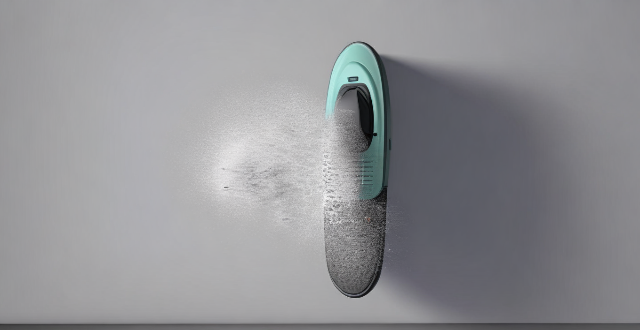The impact of waterproof and dustproof ratings on phone design is significant, as it affects the overall construction, functionality, and form factor of the device. The Ingress Protection (IP) rating system is used to categorize the level of protection against water and dust that a phone offers, with the first digit representing dust protection and the second digit representing water protection. A higher dustproof rating requires a sealed construction and specific material choices, while a higher waterproof rating necessitates the use of water-resistant materials and often involves trade-offs in terms of design, such as sacrificing certain features or making the phone thicker and heavier. Overall, achieving higher waterproof and dustproof ratings requires careful consideration of various factors, including material choices, construction methods, and design trade-offs, which can impact the device's form factor, weight, and functionality.

Impact of Waterproof and Dustproof Ratings on Phone Design
When it comes to designing a smartphone, the waterproof and dustproof ratings play a crucial role in determining the overall construction and functionality of the device. The Ingress Protection (IP) rating system is commonly used to categorize the level of protection against water and dust that a phone offers. This rating system consists of two digits: the first digit represents the degree of protection against solid particles (dust), while the second digit denotes the level of protection against liquids (water).
Dustproof Rating
- Sealed Construction: A higher dustproof rating requires the phone to have a sealed construction, which means that all openings such as ports, buttons, and speakers must be tightly sealed to prevent dust particles from entering the device. This can lead to a more robust and sturdy design.
- Material Choices: To achieve a higher dustproof rating, manufacturers may opt for specific materials that are better at repelling dust, such as rubber gaskets or specialized coatings.
Waterproof Rating
- Water-Resistant Materials: A higher waterproof rating necessitates the use of water-resistant materials in the phone's construction. This includes waterproof membranes for speakers and microphones, as well as seals around ports and buttons.
- Design Trade-offs: Achieving a high waterproof rating often involves making trade-offs in terms of design. For example, a phone with a high waterproof rating may not have a headphone jack or may feature a non-removable battery, as these elements can compromise the device's water resistance.
- Thicker and Heavier Design: To accommodate the additional protective measures required for a high waterproof rating, the phone may end up being thicker and heavier than its non-waterproof counterparts.
- Limited User Accessibility: Some features, such as expandable storage via microSD card slots or replaceable batteries, may be sacrificed in order to maintain a high waterproof rating. This can limit user accessibility to certain components of the phone.
In summary, achieving higher waterproof and dustproof ratings in phone design requires careful consideration of various factors, including material choices, construction methods, and design trade-offs. While these ratings offer increased protection against environmental hazards, they can also impact the overall form factor, weight, and functionality of the device.